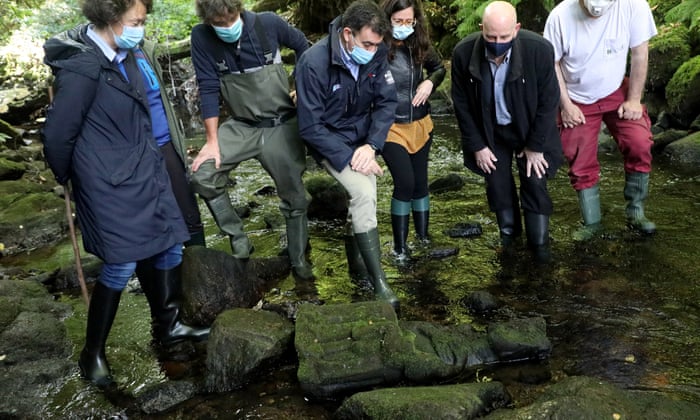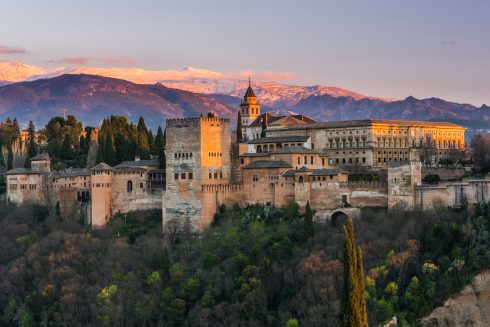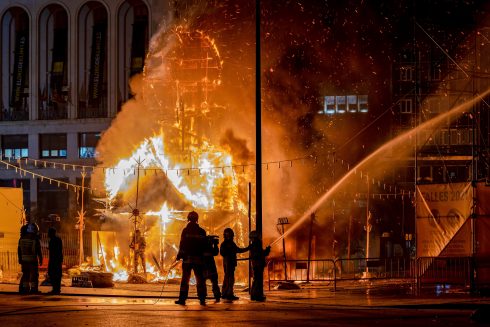THE mystery of the 14th century ‘Virgin Mary’ statue found on the bed of a northern Spanish river may have been solved thanks to some clever detective work.
The 150-kilo stone statue was discovered by accident by fisherman Fernando Brey in the shallow waters of the Rio Sar in Galicia on June 5.
Heavily eroded and covered in moss and debris, it went unnoticed until Brey stumbled over it before quickly realising that it was more than just another river stone.
Experts from the Association for the Defense of the Galician Cultural Heritage and the Ministry of Culture removed the piece and began a hunt to find the statues origins and how it came to be laying in plain sight.
Ramon Yzquierdo Perrin, a member of the Royal Galician Academy of Fine Arts suggests that the statue is known as a ‘Virgen de la Leche’ as the carving depicts a mother breastfeeding a child.
Due to the nature of the carving, Perrin and his colleague Juan Monterroso have deduced that it came from the mid to late 14th century and was in place as a wall decoration, owing to the fact that only the rear of the piece is smooth.
Perrin said he believes that the piece originated locally, as the area was home to the Conxo Psychiatric Hospital.

Founded in 1885 and run by Catholic nuns until 1925, the building would have been adorned with similar pieces.
During the statue’s life, the face was carved off in an apparent act of sacrilege.
“This was a common practice, to remove the ‘identity’ of the statue and disregard it to the land,” said Perrin.
How the figure came to lie further down the riverbed is likely likely due to its desanctification.
Once they lost their religious meaning, ornaments such as this were often used as mere building materials.
Clues as to it’s usage can be found in the area’s name, Fervenza, which means waterfall in Galician.
Speaking to locals of the river, elderly neighbours recall a dam being built from the materials used from the old hospital a short distance from the discovery site.
“There was a dam right there. My grandmother and mother always remembered it, and I remembered it as a child too,” recalls Ramon, a local whose family have lived in the area for generations.
During a bad winter around 1985, the dam burst, sending debris for kilometres downstream and causing widespread damage to local land.
This also gives the neighbouring village of Torrente de Conxo its name.
Perrin has dismissed alternate theories of the statues origin, including the socialist mayor Xose Sanchez Bugallo’s idea that it came from a small grotto in the grounds of the old hospital.
He said: “Although there are still many unknowns, we must appeal for common sense and unless it can be proven otherwise, it remains very likely that the statue once graced the walls of the spectacular monastic buildings of Galcia’s first asylum.”









